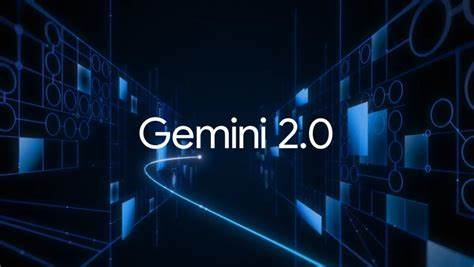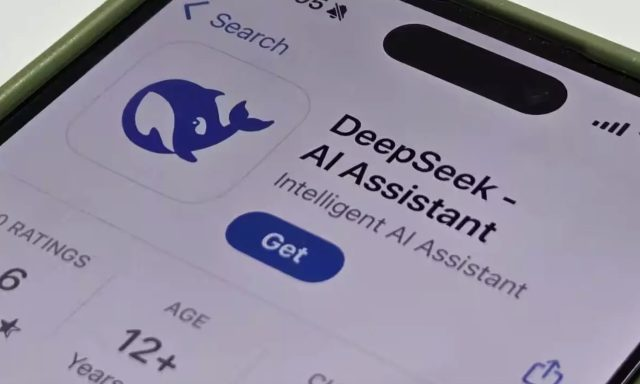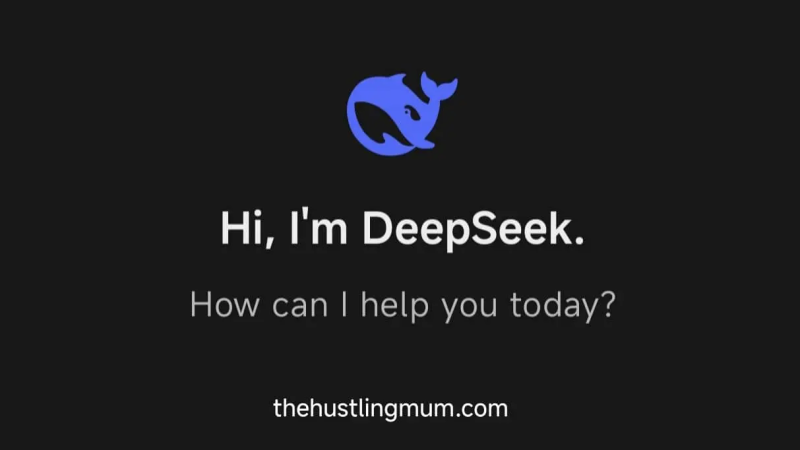Introduction to Google’s Gemini 2.0 Flash-Lite
In the rapidly evolving landscape of artificial intelligence, accessibility has long been a barrier for many organizations. The high costs associated with developing and deploying advanced AI models have often limited their use to large corporations with substantial resources. However, Google’s recent launch of Gemini 2.0 Flash-Lite marks a significant shift in this paradigm. This article delves into the details of this groundbreaking low-cost AI model, exploring its potential to revolutionize the industry.

Technical Breakdown of Gemini 2.0 Flash-Lite
Gemini 2.0 Flash-Lite is designed to offer powerful AI capabilities at a fraction of the cost of traditional models. Its architecture leverages optimized algorithms and efficient hardware utilization to achieve remarkable performance without compromising on affordability. In performance benchmarks, it has shown competitive results compared to more expensive models, making it a compelling option for a wide range of applications.
The Impact of Low-Cost AI Models
One of the most significant aspects of Gemini 2.0 Flash-Lite is its potential to democratize AI. Small and medium-sized enterprises (SMEs) that previously could not afford advanced AI solutions now have access to cutting-edge technology. This opens up new opportunities for innovation and growth, especially in emerging markets where cost is a critical factor.
Gemini 2.0 Flash-Lite: Features and Applications
Gemini 2.0 Flash-Lite comes with a host of features tailored for practical use. Its capabilities span natural language processing, image recognition, and predictive analytics, making it suitable for industries ranging from healthcare to finance. For example, in healthcare, it can assist in medical diagnostics, while in finance, it can be used for fraud detection and risk assessment.
Challenges and Considerations
While the low cost of Gemini 2.0 Flash-Lite is a major advantage, there are trade-offs to consider. Performance may be slightly lower compared to high-end models, and there may be limitations in handling complex tasks. Additionally, ethical and security concerns must be addressed, especially in sensitive applications.
Market Reaction and Future Prospects
The market has responded positively to the launch of Gemini 2.0 Flash-Lite. Early adopters have praised its affordability and versatility. Looking ahead, Google plans to continue enhancing the model, focusing on improving performance and expanding its capabilities.
Conclusion: The Broader Implications of Affordable AI
The launch of Gemini 2.0 Flash-Lite signifies a new era in AI accessibility. By making advanced AI technology more affordable, Google is paving the way for widespread adoption and innovation. This model has the potential to transform industries, drive economic growth, and ultimately, shape the future of AI.
6 Hot Questions and Answers:
- Q: How does Gemini 2.0 Flash-Lite compare to other low-cost AI models?
A: Gemini 2.0 Flash-Lite stands out due to its optimized performance and extensive feature set. It offers a better balance between cost and capability compared to other low-cost models. - Q: What are the primary applications of Gemini 2.0 Flash-Lite?
A: It is versatile and can be used in healthcare, finance, education, and more. Its key applications include medical diagnostics, fraud detection, and language translation. - Q: Are there any limitations to using Gemini 2.0 Flash-Lite?
A: While it is highly efficient, it may have slightly lower performance in complex tasks compared to high-end models. It is best suited for applications where cost is a priority. - Q: How can SMEs benefit from Gemini 2.0 Flash-Lite?
A: SMEs can leverage this model to access advanced AI capabilities without the prohibitive costs. This allows them to innovate and compete with larger organizations. - Q: What are the ethical considerations of using low-cost AI models?
A: Ethical concerns include data privacy, bias in algorithms, and potential misuse. It is crucial to implement robust security measures and ethical guidelines. - Q: What is the future outlook for Gemini 2.0 Flash-Lite?
A: Google plans to enhance its performance and expand its capabilities. The future looks promising as it continues to drive AI adoption across various sectors.





